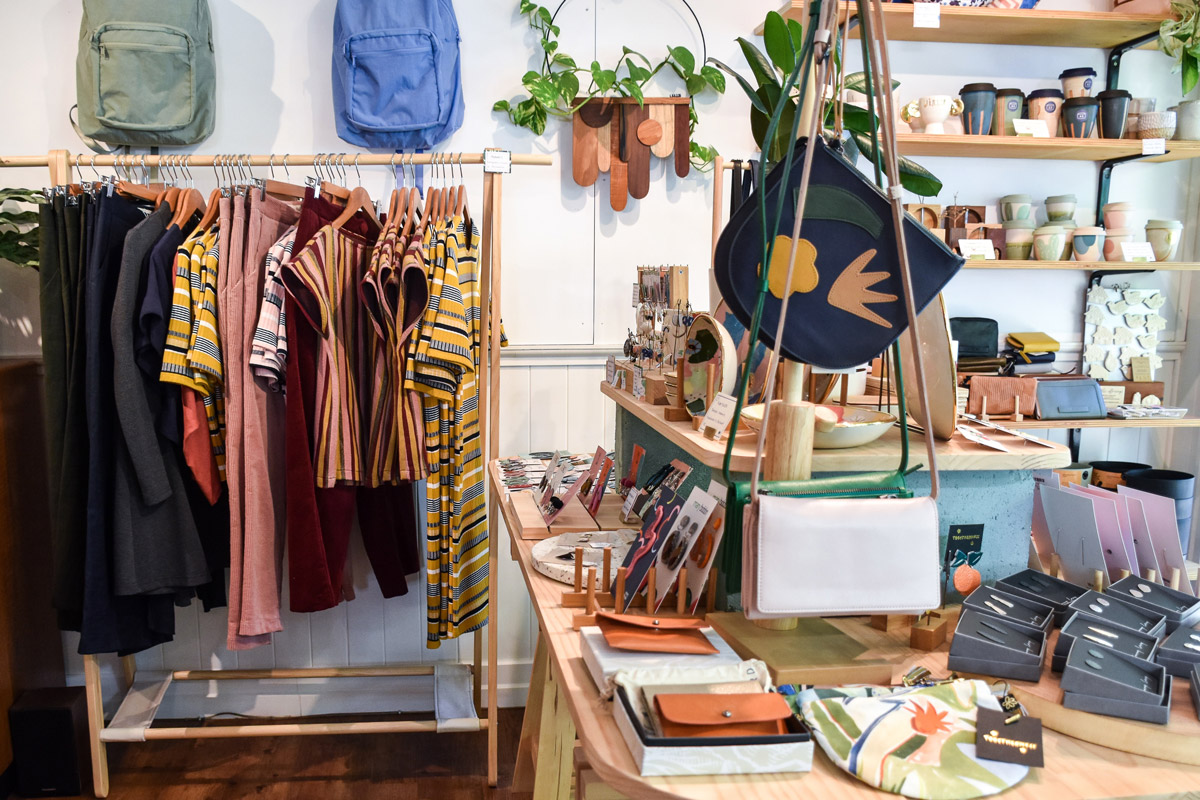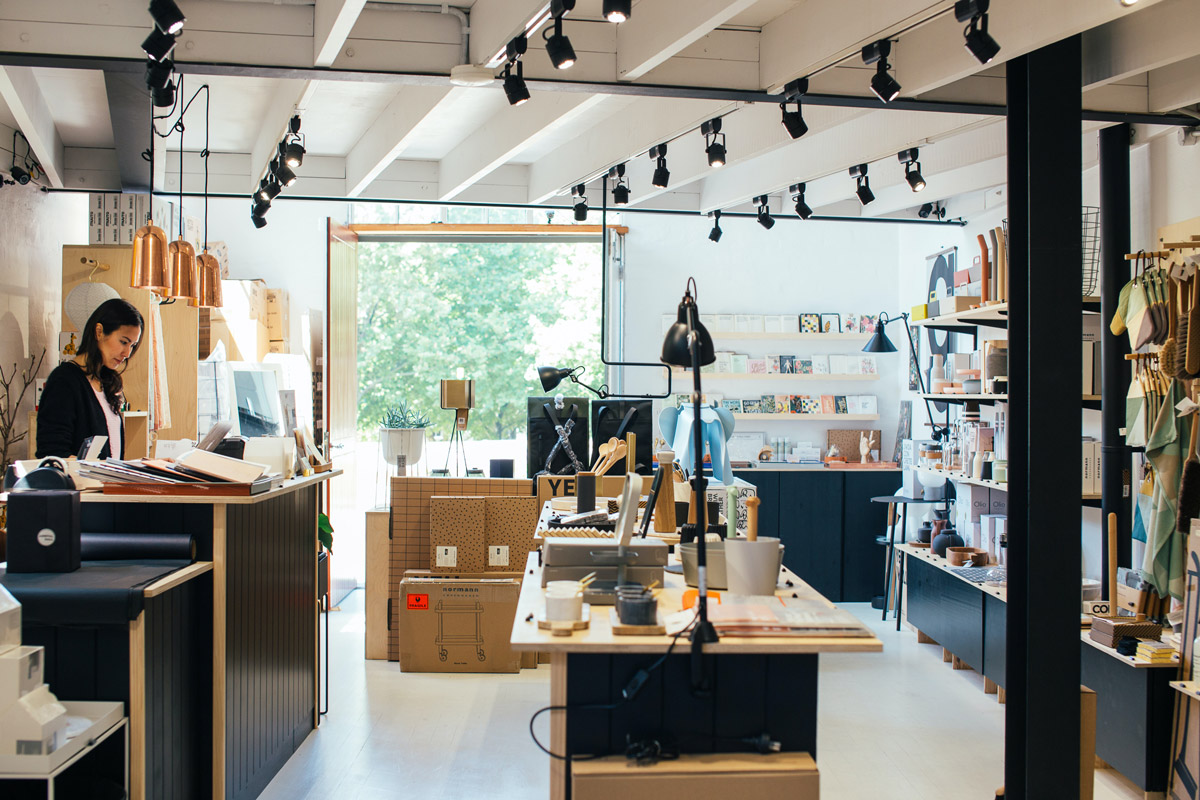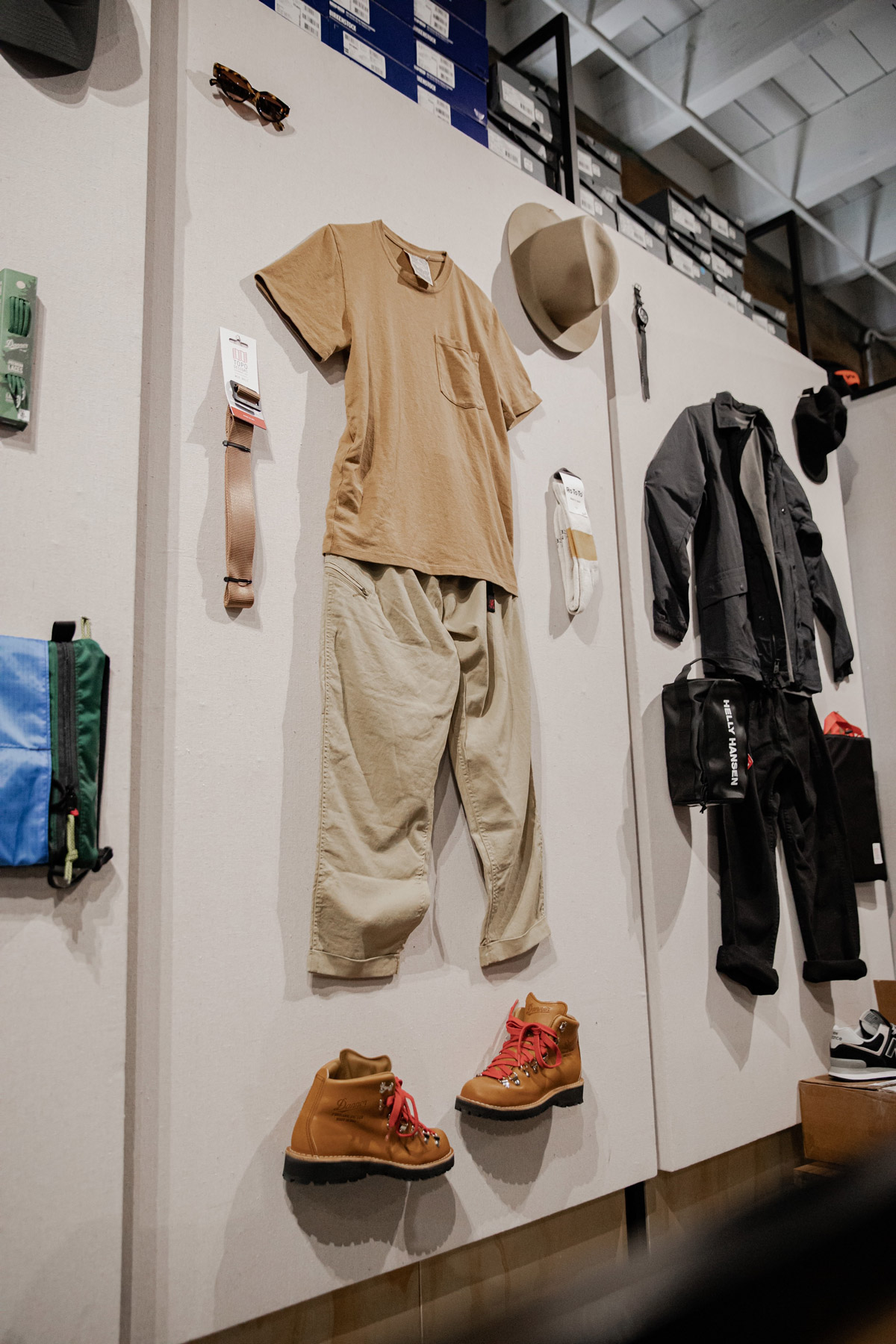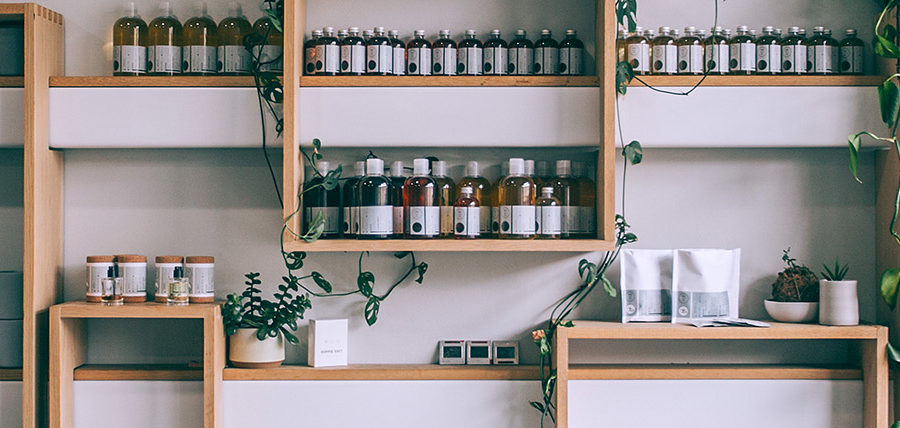What goes around, comes around—karma, boomerangs, design, and fashion trends. Retail experience is no exception. Small-format shopping has been on the decline since the dawn of big-box shopping, but could we be returning to our old ways?
You may have that one produce manager, cashier, or bagger you say hi to every time you stop at the grocery store. You might chat it up for a quick minute, but it’s hard to catch up when there are 50 people behind you waiting to ring out their thanksgiving turkeys.
Instead, if the store were smaller with multiple locations as opposed to a major central post, employees could give more time and attention to individual guests. The focus could shift from maintaining store operations to connecting with every person. This model allows brands to mold their shopping experiences specific to their neighborhood audiences and make a positive impact to strengthen brand loyalty. In this instance, shoppers no longer feel just like a cog in the machine of a running corporation; they feel like truly valued patrons.
People like to be acknowledged, appreciated, and made to feel special. We’re currently facing a brand renaissance in which consumers expect brands to interact with them personally. Brands represent human qualities, values, beliefs, and actions—all of which are now part of a brand’s messaging, shared with the public alongside their products or services.
Smaller-format stores that prioritize connection with the individual make us feel seen while humanizing the brand. More time to connect meaningfully with guests means more time to authentically sell the brand.

Retail with a Local Lens
Getting consumers to leave their houses these days has become quite the exercise. There better be a good reason to spend extended time at a business, whether it’s a unique offer, sensory engagement, or just a great shopping experience. Nordstrom local offers the typical nordstrom store features, with options for tailoring, alterations, gift packaging, and even a way to give clothing donations. Smaller floor plans and less space to fill allow brands to save money on fixtures and square feet and rather invest in valuable differentiators and experiences.
It might sound like common sense, but smaller stores mean less cost. Brands can use these savings to open more stores in an area, upgrade the finishes and features of a smaller store, or simply bolster the bottom line. Having smaller-format stores allows for the flexibility to enter very specific markets. Smaller locations also give brands a less risky way to enter new markets. Less space and investment keep brands from getting backed into corners, trying to make store models work where they don’t.
Locations specialized for the population fulfill the true mission of any retail business— providing a community with what it needs. Daily life isn’t quite the same in San Diego, CA, as it is in Portsmouth, OH— that’s obvious, and we’re watching our big-box brands evolve their business models and stores to bridge the gap.
In New York, Rent-a-Center has recently opened a small-format store to better serve a dense, urban population. By downsizing, customers in the city now have easier access to the showroom without having to travel out of the city to peruse a massive warehouse. Saving money on square feet, rent-a-center can invest in endless aisle technology for shoppers to browse the entire store selection with help from the in-store associates.
In the United States, Target has been unveiling small-format stores that serve smaller, walkable communities, such as college campuses. These smaller locations consolidate the communities’ shopping habits and needs into a convenient store location without wasting space on unnecessary product that doesn’t resonate with local shoppers.

Data-Driven Local Insights
Smaller stores mean less room for merchandise, but that isn’t necessarily a bad thing. We use countless tools and technology to curate our advertising, sales forecasting, locations, and more, so why don’t we apply revelations from the data we collect to specialize our product offerings? Sure, it might be used from time to time to sort in-store vs. online supply or create a few specially merchandized displays, but what if we truly listen to our consumers at a smaller scale? Trends vary and evolve across communities, so what resonates to one group might fall short for another. Rather than attempting to cater to a large swath of varying personalities and communities, we can use data to truly speak to our local consumer in the store.
Small-format shopping lets companies and store employees have easier control over store details and the ability to make the store their own. Bringing in local culture and personalities gives a human voice and touch to the brand.

Guided or option-based programs for stores to pick and choose branded assets provide structure while adding a customized look to the smaller space. Nike’s new concept, Nike Style, embraces local collections and unique environments to create intriguing customer experiences with different offerings at each store. The boutique-styled stores aim to provide customers with premium experiences over traditional wholesale.
Aesop has even taken the initiative to utilize local materials to imbue its spaces with the culture and history of the area. These stores that marry local culture and history with the brand and products intrigue customers and acknowledge shoppers’ roots.
With big-box stores going small format, shopping at every store has become its own experience. Our big brands are embracing this to encourage education, connection, loyalty, and reinforcement of the brand mission. Creating unique, localized experiences in smaller-format stores opens the door to a brand’s evolution of personality and substance.


